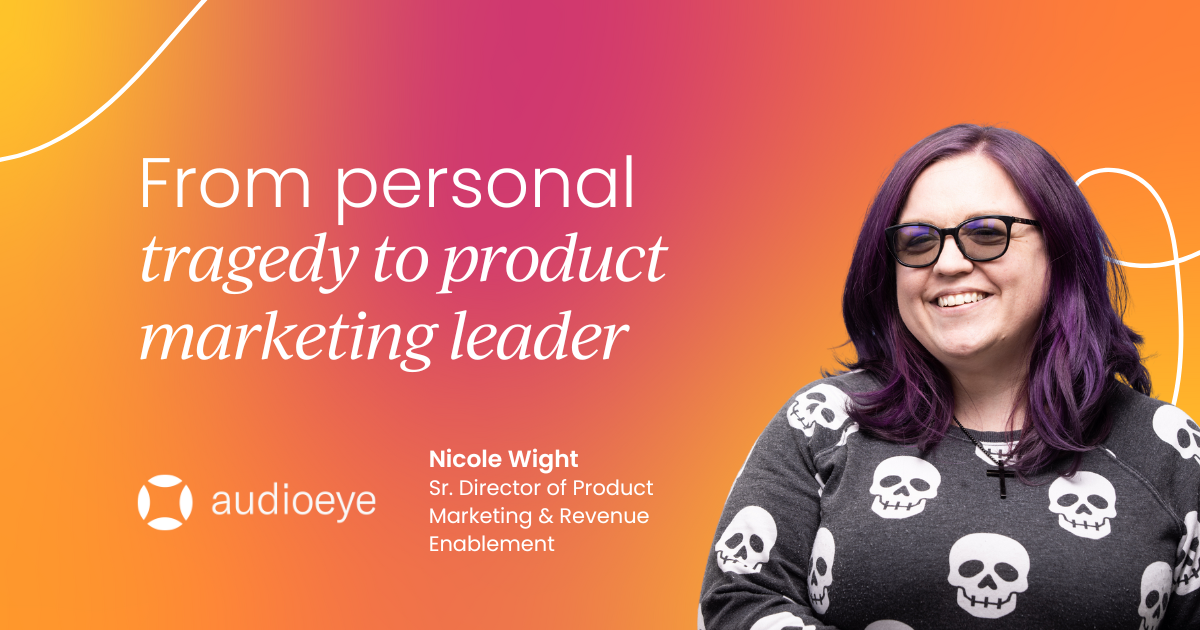In today's digital-first world, product accessibility is no longer just a nice-to-have—it's a critical component of any successful go-to-market strategy. Yet all too often, accessibility is treated as an afterthought, tacked on at the end of the development process rather than integrated from the start.
This approach not only limits the reach and impact of products but also misses out on enormous market opportunities.
The business case for accessibility
Let's start with some eye-opening statistics:
- Over 1 billion people worldwide live with some form of disability
- The global market for assistive technologies is projected to reach $26 billion by 2024
- 71% of customers with disabilities will click away from a website that is difficult to use
These numbers make it clear: ignoring accessibility means ignoring a massive potential customer base.
By designing products with accessibility in mind from the outset, companies can tap into new markets, increase customer loyalty, and drive significant revenue growth.

Accessibility as a competitive advantage
In an increasingly crowded marketplace, accessibility can be a key differentiator. Products that are easy to use for everyone, regardless of ability, stand out from the competition. They demonstrate a company's commitment to inclusivity and user-centered design—values that resonate strongly with modern consumers.
From my perspective in product marketing and revenue enablement, I understand that accessibility isn't just about compliance. It's about creating better experiences for all users and driving business growth.
This philosophy not only leads to more intuitive, user-friendly products but also fosters innovation. The constraints of designing for accessibility often lead to creative solutions that benefit all users, not just those with disabilities.
Common accessibility issues
- Visual issues: Lack of closed-captioning on videos, and lack of alt text on images all mean that a consumer with a visual disability may not have the ability to engage with your content.
- Motor disabilities: Forms that time out too quickly, or the inability to navigate your content using keyboard shortcuts can also deter customers.
- Cognitive disabilities: Using overly complex language, jargon or using moving content that flashes and cannot be paused can also impact your audience.

Integrating accessibility into the go-to-market process
So how can companies make accessibility a core part of their go-to-market strategy? Here are some key steps:
1. Start early
Incorporate accessibility considerations from the initial stages of product design and development. Being proactive saves time and resources by avoiding costly retrofitting later in the process.
2. Educate your team
Ensure that everyone involved in the product life cycle understands the importance of accessibility and has the tools to implement it.
Conduct regular training sessions and workshops to keep the team updated on the latest accessibility guidelines and best practices.

3. Test rigorously
Use a combination of automated tools and expert testing by people with disabilities to ensure your product meets accessibility standards.
Include a diverse group of testers with various disabilities to uncover a wide range of potential issues and gain valuable insights.
4. Highlight accessibility as a feature
Make your commitment to accessibility a key part of your marketing message. Showcase specific accessibility features in product demos, promotional materials, and user guides to demonstrate your inclusive design approach.
Consider how the game launch of Hogwarts Legacy incorporated accessibility features.
5. Gather feedback
Actively seek input from users with disabilities to continually improve your product's accessibility.
Establish channels for ongoing communication, such as dedicated accessibility forums or regular user surveys, to maintain a dialogue with your diverse user base.

The future of accessible marketing
As digital technologies continue to evolve, the importance of accessibility in product marketing will only grow. Emerging technologies like voice interfaces, augmented reality, and artificial intelligence present new challenges and opportunities for accessible design.
Companies that prioritize accessibility now will be well-positioned to lead in this changing landscape. They'll have the expertise, processes, and mindset needed to create truly inclusive products that serve all users.
Accessibility isn't just about compliance or doing the right thing (though those are important reasons too). It's a crucial business strategy that can drive innovation, expand market reach, and create better products for everyone.
By making accessibility a central part of the go-to-market process, companies can unlock new opportunities and build a more inclusive digital future.
Final thoughts
When accessibility is treated as a core component of product strategy and marketing, rather than an afterthought, everyone wins—businesses and users alike.
By aligning product development with marketing efforts and revenue goals, companies can create more accessible products that not only serve a wider audience but also drive business growth.






